Reading Shining Shoal we can learn something new about alternative cost and redirection effects. And keep in mind Harm’s Way.
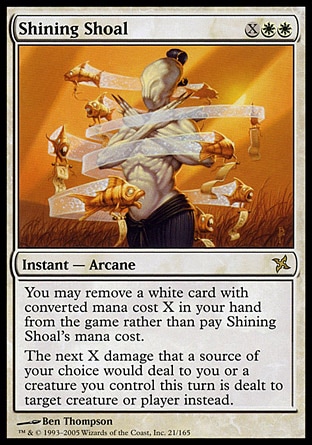
Oracle Text:
Instant — Arcane
You may exile a white card with mana value X from your hand rather than pay this spell's mana cost.
The next X damage that a source of your choice would deal to you and/or creatures you control this turn is dealt to any target instead.
Why do I like this card so much? For its redirection effect, of course! In a real game this kind of spells are often played in a “from here to here” manner, which often causes problems. It isn’t even surprising, because Shoal is a good example of a card that you should not only read, but understand too.
Let’s try to do the last thing together.
We will start with Shoal’s cost. Exactly after placing the spell to the stack we have to declare our intentions to pay an alternative cost and announce a value of X. Speaking about Fireball I have already discussed {X} in the mana cost in details, so you have a chance to refresh this knowledge. Now we will proceed straight to the alternative casting cost.
Alternative cost
Shining Shoal has a static ability that works when the spell is on the stack. This ability allows to cast Shoal exiling a white card with mana value equal to X rather than paying Shoal’s mana cost.
If you've announced Shoal with X = 2, you may choose one of two possible options for paying casting cost:
- “Regular way” — paying mana cost {2}{W}{W};
- Exile a white card with mana value = 2 from your hand, e.g. Disenchant. In this case you wouldn’t need to pay any other costs (assuming there are no other effects which can modify casting costs).
Surprise! mana value of the Shoal doesn’t depend on a way you chose to pay it.
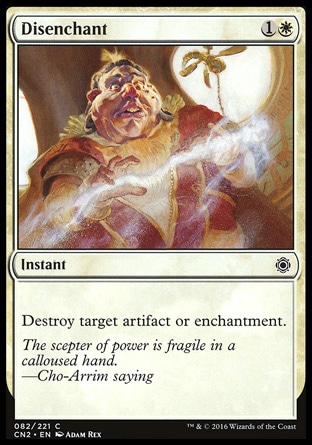
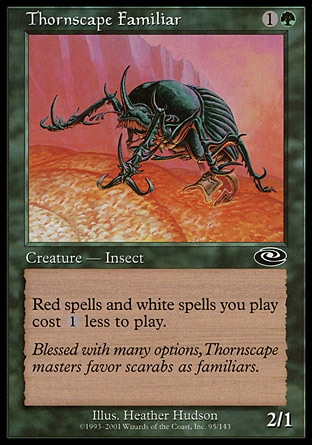
Just in case, I remind you that if there are two or more alternative costs available for casting a particular spell, only one may be chosen.
Goals and objectives
Let’s now read the Shoal’s Oracle text again: “The next X damage that a source of your choice would deal to you and/or creatures you control this turn is dealt to any target instead.”
This means that as we cast Shoal we have to choose a target — a creature, a player, a Battle or a planeswalker, who will receive the redirected damage if any happen at all this turn.
The source of the damage will be chosen later — on Shoal resolution. Moreover, since Shining Shoal redirects the damage from a source of your choice would deal to you and/or creatures you control, as Shoal’s effect is applied you can choose how much damage from each recipient will be redirected.
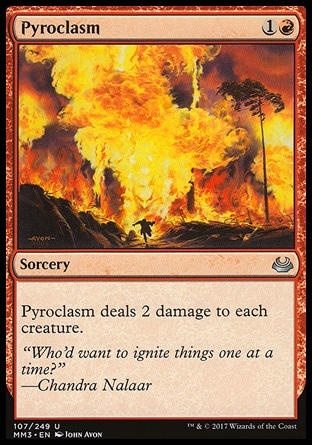
You cast Shining Shoal with X = 2 in response to an opponent’s Pyroclasm and Shoal successfully resolves. On Pyroclasm resolution there are two possible outcomes: you may have 2 damage from your creature redirected to Shoal’s target, or you may have one damage from two of your creatures redirected. (Save the bears!)
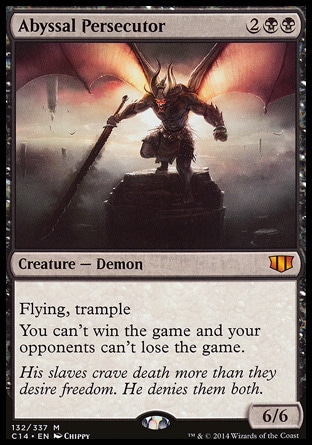
You are being attacked by Abyssal Persecutor, you block it with two 2/2 creatures and your opponent distributes the demon’s combat damage evenly among the blockers and you (due to trample). If Shining Shoal was cast in advance with X = 6 and Abyssal Persecutor was chosen as a source of the damage, all this damage will be redirected.
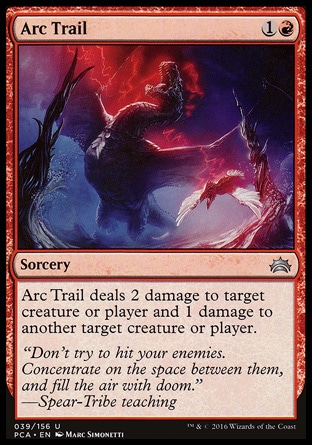
If Arc Trail was chosen for Shining Shoal with X = 2, you can redirect 2 damages from you or a creature you control to the Shoal’s target, or you can redirect one damage from you and one damage from a creature you control.
If you couldn’t resist the urge and chose the source for the Shoal during casting, then, according to the official tournament shortcuts, you must adhere to this choice unless an opponent responds to the spell. If an opponent asks you about the source, he is assumed to be passing priority and allowing the Shoal to resolve.
I ran a bit ahead with talking about resolving and redirecting. That, in fact, might happen not even that soon after casting, but, I suppose, it is clear why it is important to tell you about these long-term consequences now. I hope now you have realized why “from here to there” is a wrong way to cast this kind of spells.
Now we can return to Shoal resolution and its effect.
Source of the damage
On resolution of Shoal we choose a source of the damage. It may be:
- a permanent;
- a spell on the stack (including a permanent spell);
- any object referred to by an object on the stack, by a replacement or prevention effect that’s waiting to apply, or by a delayed triggered ability that’s waiting to trigger;
- for certain casual variant games, a face-up card in the command zone.
It doesn’t matter if the object is no longer in the zone it used to be in or if the source isn’t capable of dealing damage at all.
Once you have chosen a source, the Shoal’s effect will apply to any damage would dealt by that object, regardless of whether it’s combat damage or damage dealt as the result of a spell or ability. If you choose a permanent spell on the stack as a source of damage, Shoal’s effect will apply to any damage dealt by that spell and any damage dealt by the permanent that spell becomes when it resolves.
But you can’t choose a card that potentially can be cast later. Shining Shoal (and many other cards) requires you to choose a source of damage, i.e. an object. “To name a card” in Magic is not the same as “to choose an object”. “To name a card” means to simply call a name of an existing Magic card (legal in particular format) and for this action it is absolutely irrelevant whether this card is actually present in the current game or not.
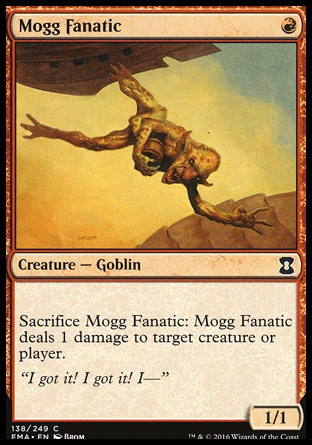
Mogg Fanatic may be chosen as a source of damage while it is still a spell on the stack, when it is on the battlefield and even when it is already sacrificed and its ability is on the stack.
One can’t choose to name Valakut, the Molten Pinnacle as a source of damage if it isn’t on the battlefield or its triggered ability is not on the stack.
Gideon Jura on the battlefield may be chosen as a source of damage even if he isn’t a creature at that moment and doesn’t have any additional abilities.
One more quite obvious note: Shining Shoal may redirect only the damage that would be dealt to you or to the creatures you control. This means that not all legal choices of the source of the damage will ever lead to actually redirecting damage. For example, you can’t to redirect the damage a chosen source deals to planeswalker your control or to the creatures under your opponent’s control.
Redirection effects
On its resolution Shining Shoal creates a replacement effect (you easy can recognize it by the word “instead”) also known as a redirection effect. The effect creates a “shield” that protects you and creatures you control from X damage dealt by the source chosen on resolution of Shoal. Every one damage dealt by the source reduces the “shield” by one. This “shield” will last until expires (in the case with Shoal — until the end of turn) or is reduced to 0 whichever happens first.
Note that Shoal doesn’t prevent damage, but redirects it. If the original target of the redirection no longer exists (creature has died or a player has left the game), the damage can’t be redirected.
Consider you casting Shining Shoal with X = 3 targeting hostile bear. In the first scenario you choose Arc Trail on the stack, in the second one — Siege-Gang Commander on the battlefield.
On resolution of Arc Trail all 3 damage will be redirected to the bear that will then die heroically the next time SBA are performed. Naturally, this will happen only in case both targets for Arc Trail are you and/or creatures under your control.
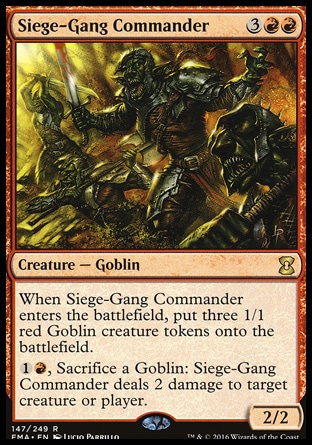
In case your cunning opponent decides to shoot you with Commander’s activated ability, the first time it resolves 2 damage will be redirected straight to the bear and it will die soon after (the next time SBA are performed). This event will also reduce the redirecting “shield” by 2, leaving 1 damage still available for redirection. But alas! The bear is already dead and the next time Commander’s ability resolves the damage can’t be redirected.
Naturally, the redirection shield should exist before the damage is dealt; creating it after the damage is dealt won’t fix anything. That’s why normally Shoal and other similar spells are cast in response to a spell or ability that deals damage or before the combat damage is assigned, so that Shoal had an opportunity to resolve creating a “shield” before the damage is actually done.
Shining Shoal does NOT deal damage and does NOT change the source of the damage. Any characteristics of the damage (combat or noncombat) are not lost after redirection.
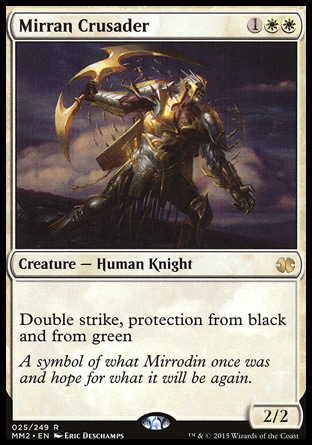
Targeting a Mirran Crusader with Shining Shoal is legal. But if on its resolution a green or black source will be chosen, all redirected damage will be prevented by Crusader’s protection.
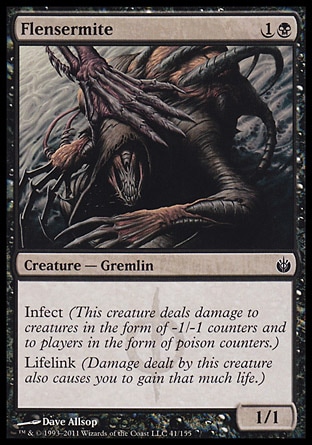
If Flensermite was chosen as a source of damage, damage dealt to the Shoal’s target will be dealt in form of -1/-1 counters if the target is a creature and in form of poison counters if Shoal targets a player. Besides, Flensermite’s controller will receive a corresponding amount of life.
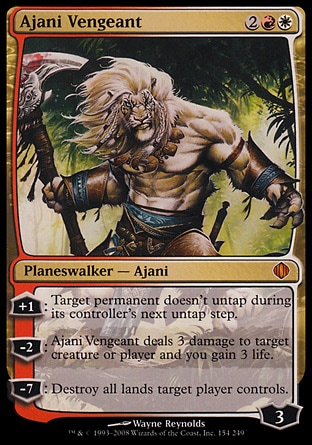
An opponent activates Ajani’s second loyalty ability targeting you. In response you cast Shoal targeting the same Ajani.
I hope that you will never be confused with Shining Shoal or its little brother — Harm’s Way.
To check how good you understand the work of redirection effects, I (oh, insidious me!) offer you a puzzle to solve:
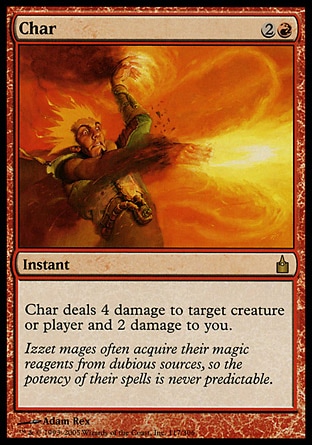
Active player A casts Char targeting player N. In response N casts Shining Shoal with X = 4 targeting A. Cunning player A responds with Shining Shoal of his own casting it with X = 6 targeting N. On resolution of both Shoals Char is chosen as a source of damage. What will happen when Char resolves?
According to rule
616.1 If two or more replacement and/or prevention effects are attempting to modify the way an event affects an object or player, the affected object's controller (or its owner if it has no controller) or the affected player chooses one to apply, following the steps listed below. If two or more players have to make these choices at the same time, choices are made in APNAP order (see rule 101.4).
an active player choses one effect. The chosen effect is applied. Then applied next effect.
If the active player makes right decition in that case, the nonactive player will receive 6 damage from Char.
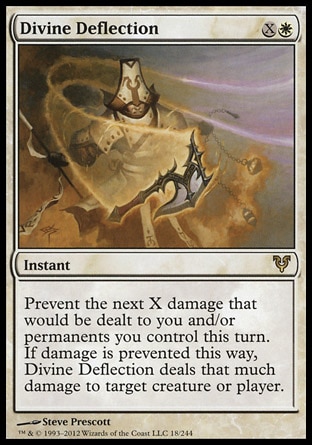
Unlike Shining Shoal or Harm’s Way, Divine Deflection doesn’t redirect anything. It creates two effects: a prevention one and an effect that deals damage.
Note that Divine Deflection doesn’t ask you to choose a source of the damage — it can prevent damage from multiple sources.
The source of the “new” damage is Deflection itself, this means the characteristics of the original source (such as its color, or whether it had lifelink or deathtouch) don’t affect this damage. The new damage has nothing in common with prevented one. This damage never can be combat damage.
- ⇑ Choosing to pay Shoal’s alternative cost at the beginning of cast process we lock the total cost “exile Disenchant”; this cost doesn’t include any mana thus it is not affected by Thornscape Familiar’s ability. See Trinisphere article for additional info.
Translated by Witas Spasovski

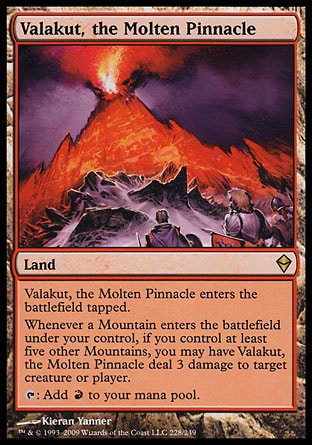
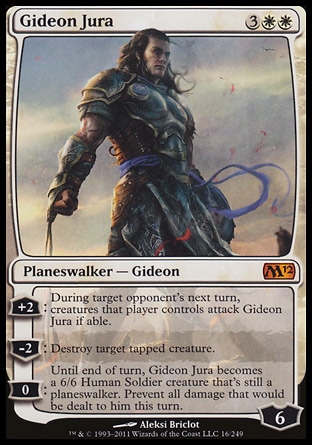
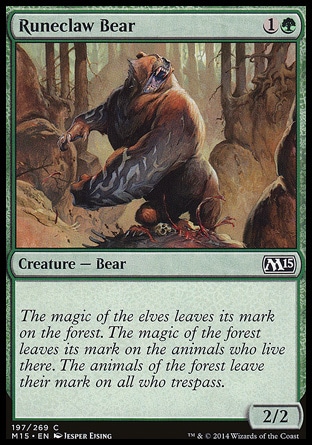
A pedantic reader can ask why Thronscape Familiar doesn’t affect the total cost of Shoal in the first example. I propose you to answer this question yourself. You will need to know how the spells are actually cast.